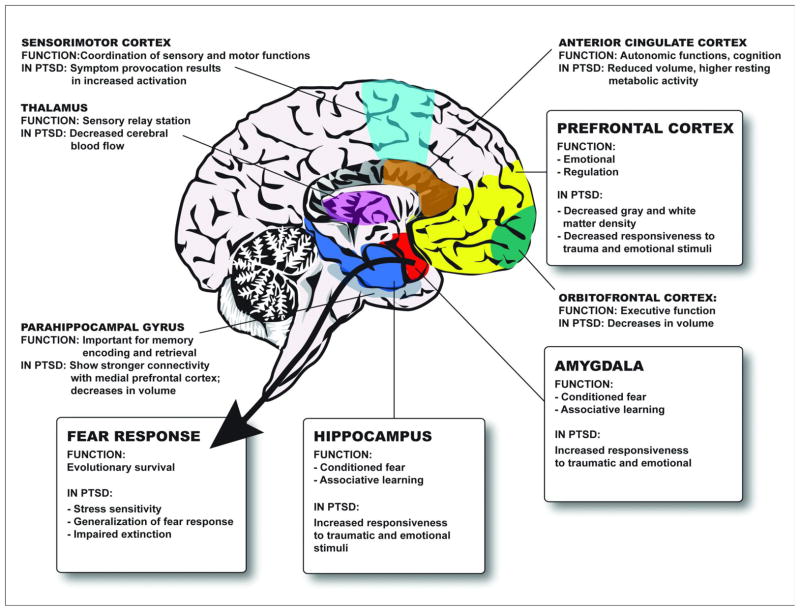Figure 1. A schematic of the human brain illustrating how the limbic system is involved in PTSD.
The PFC and the hippocampus both have dense connections to the amygdala, which is important for conditioned fear and associative emotional learning. The PFC is thought to be responsible for reactivating past emotional associations and is decreased in both responsiveness and density 7, 8, 14, 15. The hippocampus is thought to play a role in explicit memories of the traumatic events and in mediating learned responses to contextual cues, and in PTSD the hippocampus is decreased in volume 146 and responsiveness to traumatic stimuli 20, 146. The top down control of the amygdala by the hippocampus and PFC may result in the increased activation of the amygdala, as is observed in subjects with PTSD [7,8,14,15]. The end result of these neuroanatomical alterations is increased stress sensitivity, generalized fear responses and impaired extinction. Other regions including the anterior cingulate cortex, the orbitofrontal cortex, the parahippocampal gyrus, the thalamus and the sensorimotor cortex also play a secondary role in the regulation of fear and PTSD 147.

